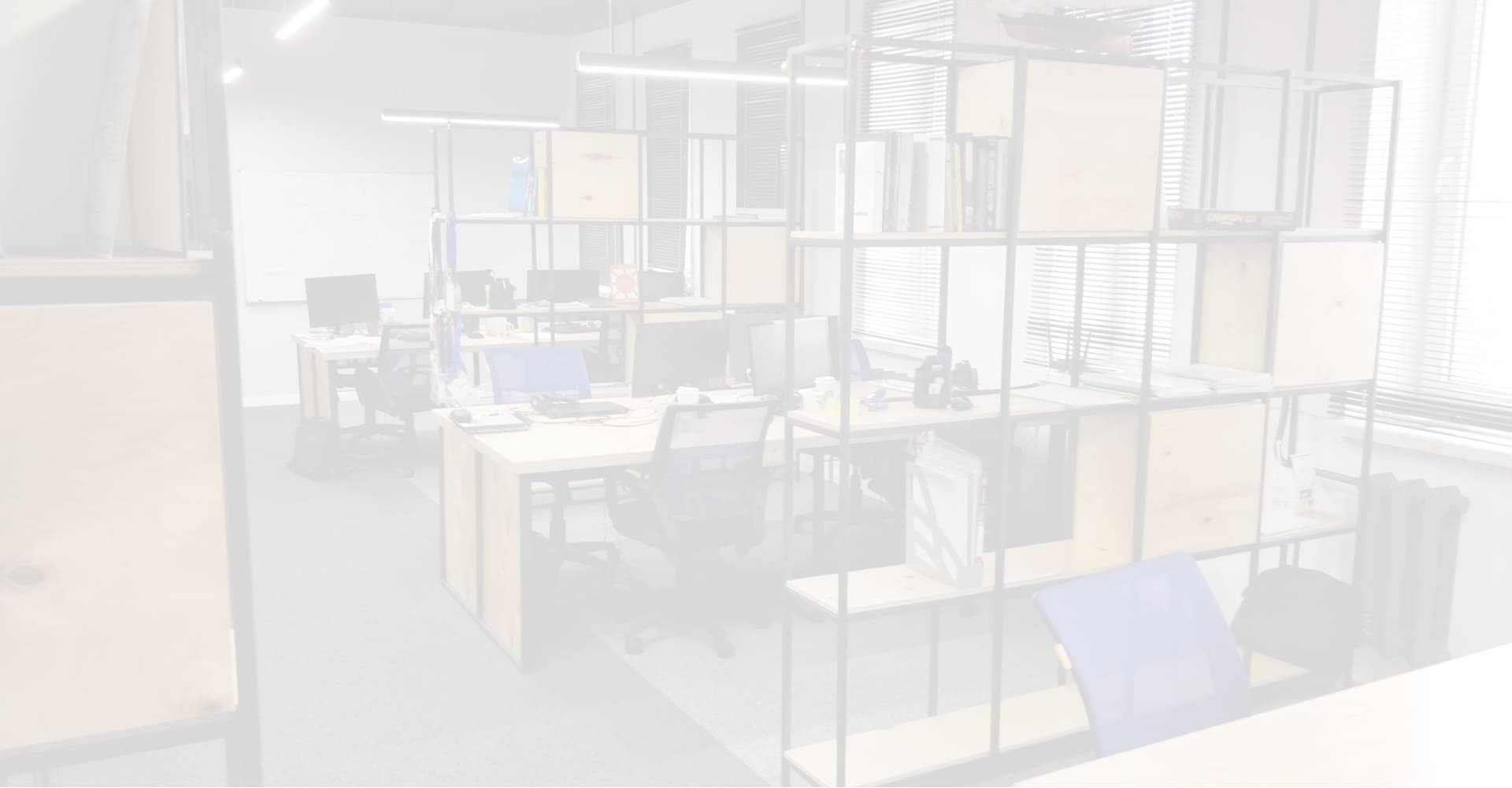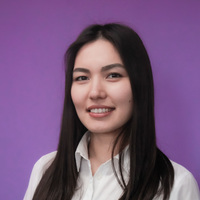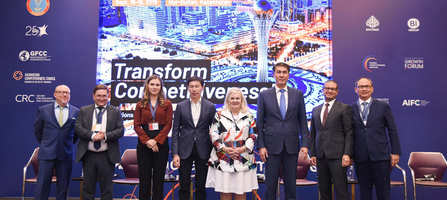
Blogs
ABOUT THE CGE ECONOMIC MODEL. PART 1
May 19, 2020


Aigerim Kushumbayeva
Analyst
Despite the widespread skepticism about economic models, their usefulness still depends on the ultimate goal of the analysis. Models are often criticized for their distance from reality and a lot of assumptions that are supposed to "adjust" them to the desired result.
However, the purpose of building an economic model is primarily to simplify, formalize and structure economic processes, and not the crises alerts. Moreover, for small economies, building a model will often not be a source of reliable forecasts, due to their dependence on the outside world. The model will still help local policy makers determine the structure and weak points of their economies.
In the case of Kazakhstan, it is necessary to formalize the economy for a more comprehensive understanding of processes and risks by policy makers. In 2018, the KAZORANI CGE (computable general equilibrium) model was developed for Kazakhstan (an adaptation of a similar Australian model), which the Center for Research and Consulting adjusted and adapted to new local data (in 2020).
CGE is a macro-model of equilibrium that combines economic theory and real data to determine the effect of policies and shocks. There are many equilibrium models (for example, DSGE), while the choice in favor of CGE was due to its following advantages:
- takes into account intersectoral linkages, connections between agents and markets (direct and indirect)
- input data is easily accessible (input-output tables)
- the economic basis of the model is clear, since it covers standard economic principles and functions (utility, elasticity, etc.)
- the flexibility of the model allows you to check a variety of policies and shocks (both at the global, country and regional levels)
- takes into account both the supply and demand side (allows to assess the effect on prices and volumes) -
the most suitable (relatively) for long-term scenarios and permanent policies (changing the tax system, opening the economy for foreign markets, etc.)
There are also disadvantages of the model, but their essence lies largely in the differences in goal setting, since they involve making forecasts and preventing crises. Thus, the model's assumptions - static, description of hypothetical what if scenarios (not predictive), absence of stochastic elements (uncertainty is not taken into account), standard theoretical assumptions (perfect competition, rationality of agents, etc.) – do not reduce its usefulness for analyzing the economy of Kazakhstan. The model is still necessary, as it helps to understand the main processes in the economy and prioritize local policies respectively.
all publications











